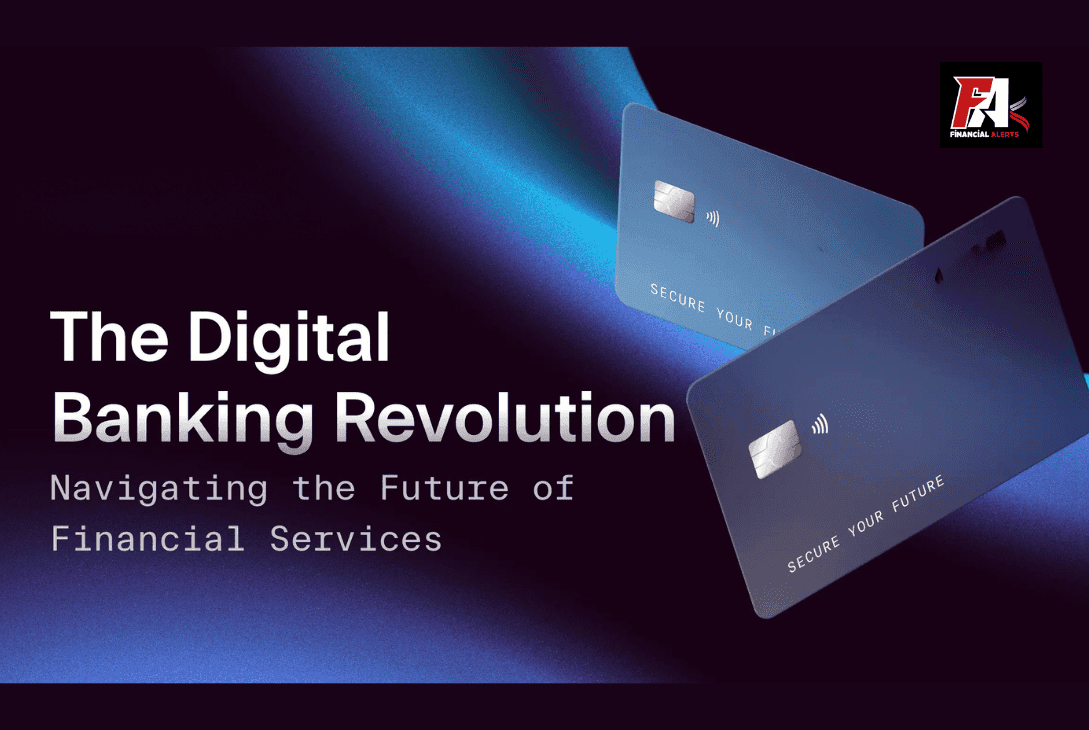The Rise of Mobile-First Banking Platforms
Digital banking is not the future — it’s the present. Mobile-first platforms are becoming the core of banking operations worldwide. Consumers now demand convenience at their fingertips. Traditional banking has taken a back seat as apps handle almost all financial tasks.
From checking balances to managing investments, everything happens in seconds. Mobile apps offer personalized dashboards. Users can access all features from one place, making banking faster and smarter.
Customer Behavior Is Driving Digital Change
Today’s customers are tech-savvy and always connected. They want speed, transparency, and simplicity. Waiting in queues or visiting branches has become outdated. People prefer digital channels because they save time and offer round-the-clock service.
This shift in user behavior is pushing banks to enhance their digital infrastructure. Institutions that don’t adapt risk falling behind.
Opening Accounts Goes Fully Digital
Gone are the days of filling long forms in physical branches. Customers can now open accounts in minutes using their smartphones. KYC (Know Your Customer) verification is completed through facial recognition and document scanning.
The result? A smoother, paperless onboarding experience. Banks benefit too, with lower operational costs and improved efficiency.
Digital Lending Made Easy
Applying for a loan is now just a few taps away. Digital platforms allow instant eligibility checks and faster approvals. AI-based tools assess creditworthiness in real time using alternative data.
No more waiting for weeks. Customers get funds within hours, sometimes even minutes. This revolution is reshaping how personal loans, home loans, and business loans are processed.
Artificial Intelligence Powering Smart Banking
AI is at the heart of digital banking. Chatbots and virtual assistants handle most customer queries. These tools offer quick, accurate, and helpful responses 24/7. They reduce the need for human intervention and streamline support systems.
AI also analyzes user data to offer personalized financial advice. From saving tips to investment suggestions, the customer experience becomes highly tailored.
Chatbots and Virtual Assistants Improve Engagement
Modern banking chatbots are more than simple question-answer tools. They track spending habits, remind users about bill payments, and suggest ways to save. They’re fast, friendly, and always available.
This enhances user satisfaction and builds loyalty. Virtual assistants also help customers perform tasks like transferring money or setting up fixed deposits — just by voice command.
Security Upgrades Boost User Confidence
Digital transformation brings concerns about safety. To address this, banks are investing in robust cybersecurity. Biometric logins, two-factor authentication, and encrypted data channels are now standard.
Blockchain technology is also entering the digital banking space, especially for secure transactions and identity protection. Customers feel safer knowing their information is guarded with top-grade systems.
Digital Payments Are Dominating
Cashless transactions are now the norm. UPI, QR codes, and mobile wallets dominate everyday payments. People use smartphones to pay for groceries, dine at restaurants, or book flights. This trend is unstoppable.
Banks are integrating multiple payment options within their apps. This creates a one-stop solution for all payment needs — secure, fast, and efficient.
Neobanks and Fintechs Are Disrupting the Market
Neobanks, or digital-only banks, have emerged as serious competitors. They operate without physical branches, offering better rates and lower fees. Young users are especially drawn to these platforms due to their user-friendly apps and flexible services.
Fintech startups are also entering the ecosystem with smart solutions like budgeting tools, credit monitoring, and instant investments. This growing competition pushes traditional banks to innovate faster.
Personalized Banking Experience Through Data Analytics
Data is the new currency in digital banking. Banks collect insights from user behavior, transactions, and preferences. With this data, they offer hyper-personalized services.
For instance, someone who regularly shops online may get credit card offers tailored for e-commerce. Or a customer with consistent savings habits may receive premium investment suggestions. Personalization keeps customers engaged and builds long-term trust.
Digital Banking in Rural and Semi-Urban India
Digital banking is reaching beyond cities. With the rise of affordable smartphones and internet access, even rural users are now banking online. Banks are launching local-language apps to make platforms more inclusive.
Government initiatives like Jan Dhan Yojana and direct benefit transfers are boosting digital adoption in these regions. Financial inclusion is no longer a dream — it’s becoming reality.
The Future of Digital Banking
Looking ahead, digital banking will grow even smarter. Expect to see more AI-driven predictions, voice-controlled services, and augmented reality for virtual branch visits. Embedded finance — where banking services are integrated into non-banking platforms — will become common.
Customers may even receive full banking services from e-commerce or ride-sharing apps. The lines between traditional banks and tech companies will continue to blur.
Conclusion: Embracing the Digital Shift
Digital banking isn’t just a convenience. It’s a fundamental shift in how we handle money. Banks must evolve or risk becoming irrelevant. With mobile-first platforms, AI tools, and secure systems, the banking experience is becoming faster, safer, and smarter.
Customers now expect nothing less than instant service, high personalization, and 24/7 access. The digital revolution is here — and it’s changing banking forever.

I am a digital marketing executive as well as content writer in the banking blogs. My goal is to provide simple, interesting and reliable information to readers through my articles so that they always stay updated with the world of banking.




1enk48